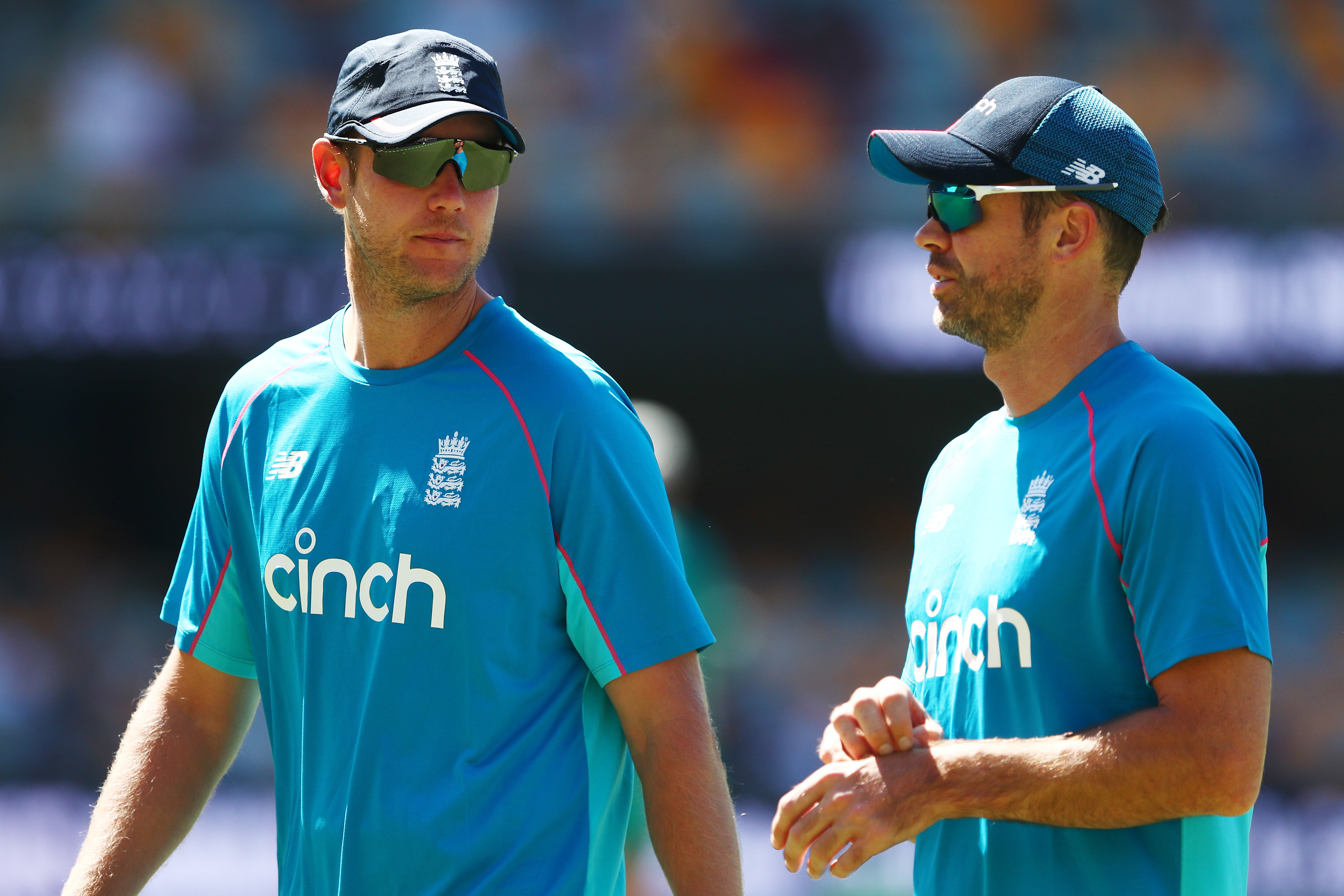England find themselves in familiar territory in more ways than one
Even in defeat there were moments of promise to build upon for Joe Root’s side in Brisbane but lose in Adelaide and the series will surely be gone, writes Vithushan Ehantharajah


James Anderson and Stuart Broad have been the front-facing embodiment of English cricket for a generation or two. The duo regularly poses the biggest threats to any opposition, whether home or abroad: totems of excellence in a team who have not come close to those standards recently.
So it was only natural their omissions during Australia’s nine-wicket victory at The Gabba was seen as a gross misstep from Joe Root and the management team. England toiled in their absence, though largely due to dispiriting first innings of just 147 having elected to bat first. But just as the logic of their absence was met a little more than halfway through the series opener, there has been an overreaction that the decision not even to play Broad might rank as one of the worst Ashes calls.
Thus they arrived in Adelaide with an air of Vincent Vega and Jules Winnfield about them. The damage is done – England are 1-0 down – and both will have to right inflicted wrongs. That debt will be chased, those who hurt the tourists will need to be struck down with great vengeance and furious anger to salvage this Ashes series.
Passed fully fit and available, England fans will be buoyed to see both their names in the XI on Thursday. The return of 1,156 wickets has England giddy ahead of the day-night Test. But their names on the team sheet Root hands over to Pat Cummins out in the middle of the Adelaide Oval could well be pulp fiction if a fightback is expected purely on their presence.
For one thing, whatever advantage the visitors might expect with the pink ball will be matched by their opponents. Both skipper Cummins (average of 16) and Mitchell Starc (19) pose far greater threat with the lighter ball, and will be bowling against batters with far less experience of its whims.
Prior experience is crucial in this context. Australia have won all eight of their pink-ball games, and their batters will either lean on their own knowledge or share first-hand how it behaves in various situations. England, by contrast, have lost three of the four they have played, including at Ahmedabad in February where they put too much stock in pace – playing just one spinner to India’s three – and losing by 10 wickets after posting 112 and 81. They also lost by an innings and 49 runs the time before, snuffed out for 58 in the first innings of their Test against New Zealand back in 2018.
One regular complaint from batters (English or otherwise) has been the difficulty in picking up the differently-hued ball. Many have complained of seeing nothing but a magenta blur once it reaches certain speeds resulting in many playing it out of the hand with an element of guesswork. Hardly ideal when the regulation red caused England so many problems in Brisbane, particularly in that first innings.
As with all these things in modern cricket, the data available grows greater each day. And what we know of the pink Kookaburra ball, as outlined in this excellent piece from CricViz, is that it swings early (like its crimson equivalent) but falls away dramatically as an innings wears on. However, it does seam more, which again benefits both sets of quicks. It also spins a fraction more, though going by their respective careers and indeed the last Test, the benefits it will give to Nathan Lyon and Jack Leach are probably mutually exclusive.
And so England find themselves in familiar territory: armed with all the information and much to consider. For a group that are prone to overthinking, it is hardly the most favourable position to be in.

To forget that this is an Ashes tour would be no bad thing. Picking through the wreckage of last week is to find genuine moments of promise to build upon. The attack stuck together, even under the duress of conceding 425 across 105 overs, and all bar Rory Burns and Ben Stokes had valuable time in the middle. Considering the lack of competitive warm-up, this was always going to be a series where attuning would be done in the open, and a Test match under their belts is only a good thing.
Certainly, the matter at hand is no less daunting. England have been 1-0 down in four of the last five series Down Under. If, as head coach Chris Silverwood says, they have tried to normalise losing a wicket first ball or dropping a catch in the first over then, they’d have surely devised a coping mechanism for going down in the opening match.
We’ll soon find out how effective that is, how much pluck England have managed to retain and how much belief still courses through their veins. Arguably one of the hallmarks of this rag-tag bunch is their at times foolish desire to believe when those around them do not. One thing is for certain – defeat in Adelaide will likely spell the end. Not just for another Ashes, but for some personnel, too. Anderson and/or Broad, red or pink, it really is that black and white.
Join our commenting forum
Join thought-provoking conversations, follow other Independent readers and see their replies
Comments
Bookmark popover
Removed from bookmarks